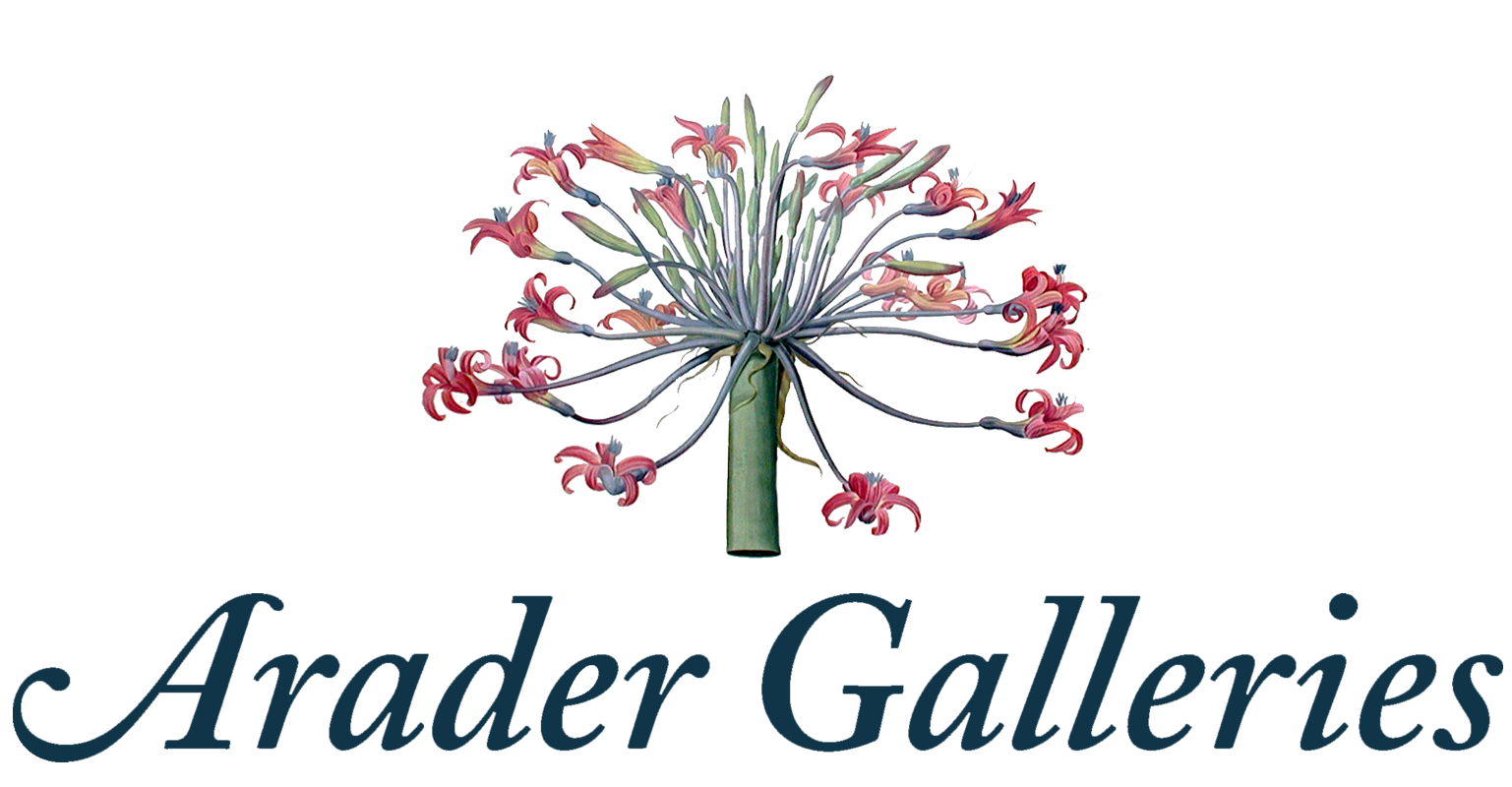Arader Galleries
Fritillaria Persica
Pickup currently unavailable
Pierre-Joseph Redouté (1759-1840)
From: Les Lilacées
Plate 67: Fritillaria Persica
Paris: 1802 - 1816
Size 10.5'' x 14''
Hand-colored stipple engraving
The unequaled botanical artist Pierre-Joseph Redouté occupies a central position in the development of European flower painting. Redouté had, as pupils or patrons, five queens and empresses of France, from Marie- Antoinette to Empress Josephine and her successor, Marie-Louise. Despite many changes of regime in a turbulent epoch, he worked without interruption, a testament to his greatness as an artist. Les Liliacées was Redouté’s largest and most ambitious work and is generally considered his masterpiece, arguably rivaled only by Les Roses. Produced under the patronage of the Empress Josephine, for whom Redouté worked as botanical artist at her estate at Malmaison, these pristine examples represent landmark works in the field of flower illustration.
The title Les Liliacées is misleading, as the work was of a much broader scope, including representatives of the lily, amaryllis, iris, orchid, and other families. The plates were executed by means of stipple engraving, a method that the artist himself perfected when he was unsatisfied with the effects garnered by traditional copper-plate engraving. Les Liliacées records the plants of the lily family and related flowers that Josephine collected for her gardens at Malmaison. Redouté’s small drawings, placed at the bottom of the main illustrations, record the anatomical features of each species so that each flower could be identified with precision and cultivated to perfection. In each illustration, as in his series Les Roses, the flowers are classical “portraits” which lack backgrounds or settings. The regal simplicity of the compositions allows the viewer to focus without distraction on the beauty and delicate complexity of the plants themselves. Redoutés’s work represents a uniquely harmonious blend of scientific precision and supremely delicate rendering.

